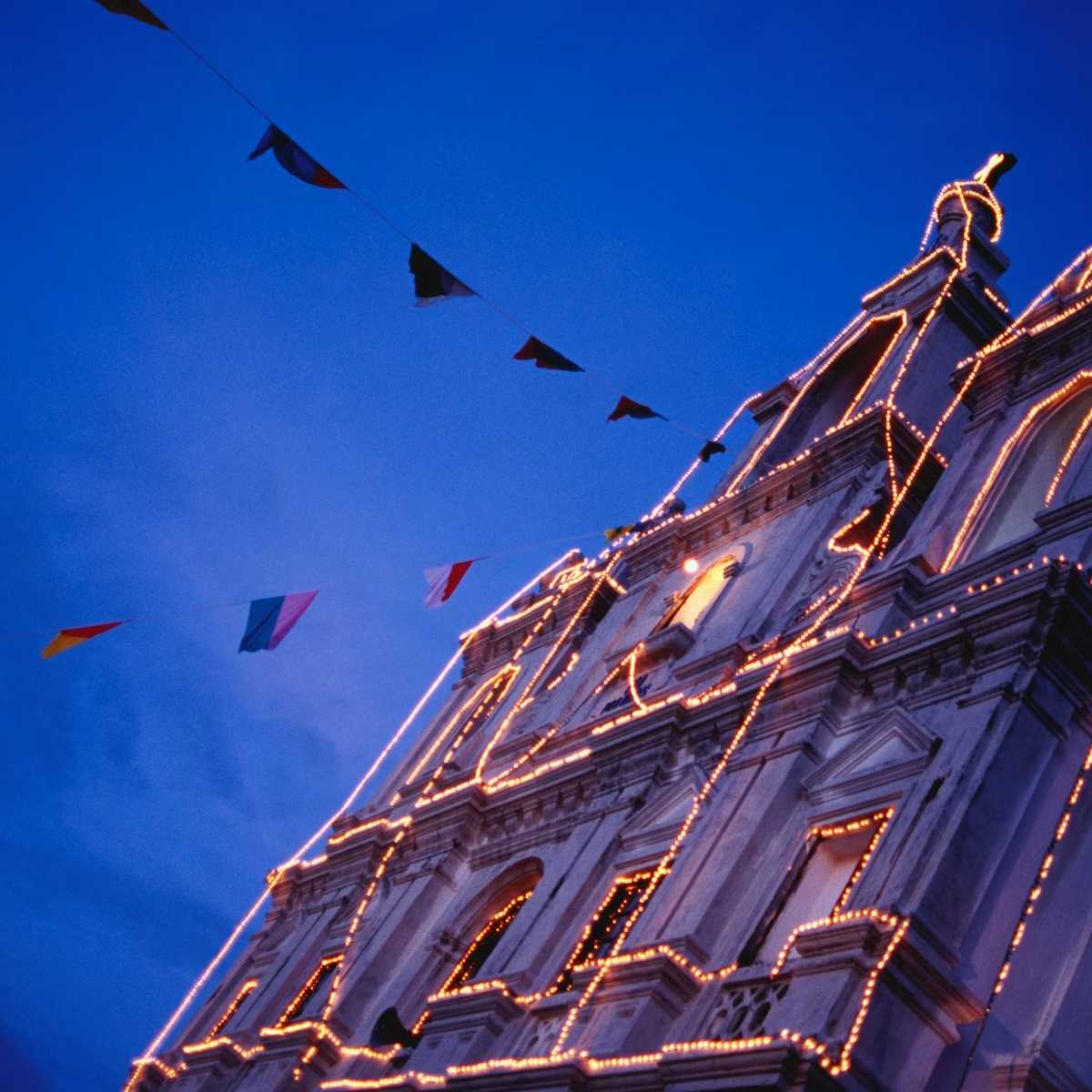In the village of Khandepar, 5km northeast of Ponda, and set back in the dense forest behind the Mandovi River, are four small (well-hidden) rock-cut caves believed to have been carved into the laterite stone around the 12th century, though some archaeologists date their origin back as early as the 9th century. These are among Goa’s oldest remaining historical treasures, but were only rediscovered in 1970.
Ask around locally for the exact whereabouts of the caves – someone will eventually point you in the right direction.
Thought to have been used by a community of Buddhist monks, each of the four caves consists of two simple cells, with tiered roofs added in the 10th or 11th centuries by the Kadamba dynasty who, it’s thought, appropriated the caves and turned them into Hindu temples. The fourth cave supports the Buddhist theory, containing a pedestal used for prayer and meditation. There are also niches in the walls for oil lamps, and pegs carved for hanging clothes. The first cave, meanwhile, has a lotus medallion carved into its ceiling, typical of the later Kadambas.




